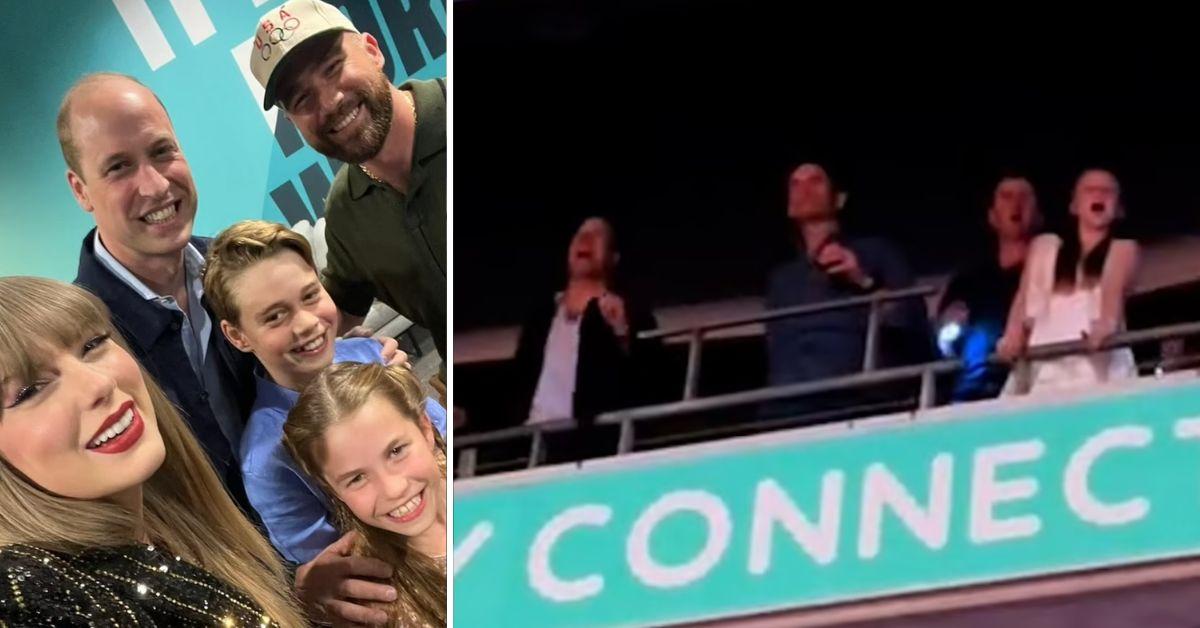Prince William’s Dance Moves: A Retrospective

Prince William, the Duke of Cambridge, has been known for his energetic and enthusiastic dance moves throughout the years. From his iconic “Dad Dance” to his elegant “Royal Waltz,” his dancing has garnered both praise and amusement from the public.
Evolution of His Dance Style
Prince William’s dance style has evolved over the years, reflecting his growing confidence and maturity. In his younger years, he was known for his exuberant and carefree dancing, often performing the “Dad Dance” at family gatherings and charity events. However, as he took on more royal responsibilities, his dancing became more refined and graceful, culminating in his now-signature “Royal Waltz.”
Notable Dance Performances
Some of Prince William’s most notable dance performances include:
- His wedding dance with Kate Middleton in 2011, which was a romantic and elegant waltz.
- His “Dad Dance” at a charity event in 2016, which became a viral sensation.
- His “Royal Waltz” at a state dinner in 2017, which showcased his newfound confidence and grace.
Iconic Dance Moves
Prince William’s most iconic dance moves include:
The “Dad Dance”
The “Dad Dance” is a free-form, energetic dance that is often performed by fathers at weddings and other family events. Prince William’s version of the “Dad Dance” is characterized by his enthusiastic arm movements, exaggerated facial expressions, and uncoordinated footwork.
The “Royal Waltz”
The “Royal Waltz” is a slow, graceful dance that is often performed at formal events. Prince William’s “Royal Waltz” is characterized by his elegant footwork, precise timing, and charming smile.
The Cultural Significance of Prince William’s Dancing: Prince William Dancing
![]()
Prince William’s dance performances have had a profound impact on British culture. His dancing has been perceived as a symbol of the changing nature of the monarchy, and has helped to shape the role of dance in royal ceremonies and events.
The Changing Nature of the Monarchy, Prince william dancing
Prince William’s dancing has been seen as a departure from the more formal and reserved style of his predecessors. His willingness to let loose and have fun has helped to make the monarchy seem more approachable and relatable. This has been particularly important in recent years, as the monarchy has faced increasing criticism for being out of touch with the lives of ordinary people.
Prince William and Dance as a Form of Diplomacy
Prince william dancing – Prince William’s dance performances have not only entertained audiences but have also served as a tool for diplomacy and public relations. His ability to connect with people through dance has bridged cultural divides and promoted international relations.
Dance as a Diplomatic Tool
Dance has proven to be an effective form of diplomatic communication. It transcends language barriers and allows people to connect on a deeper level. Prince William has utilized dance to establish rapport with foreign leaders and build bridges between nations.
- In 2016, Prince William danced with local Maasai warriors during a visit to Kenya. This gesture of cultural exchange demonstrated respect for their traditions and fostered a sense of camaraderie.
- During a state visit to India in 2016, Prince William and his wife, Kate Middleton, performed a traditional Bollywood dance. This performance not only delighted the Indian audience but also showcased the couple’s willingness to embrace different cultures.
Prince William’s dance performances have played a significant role in promoting international relations. They have helped to break down cultural barriers, foster understanding, and build goodwill between nations.